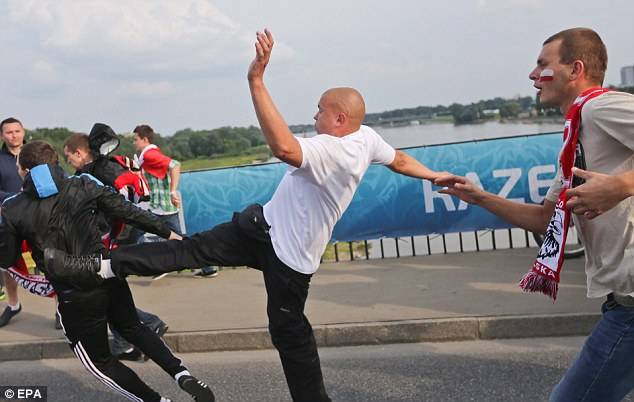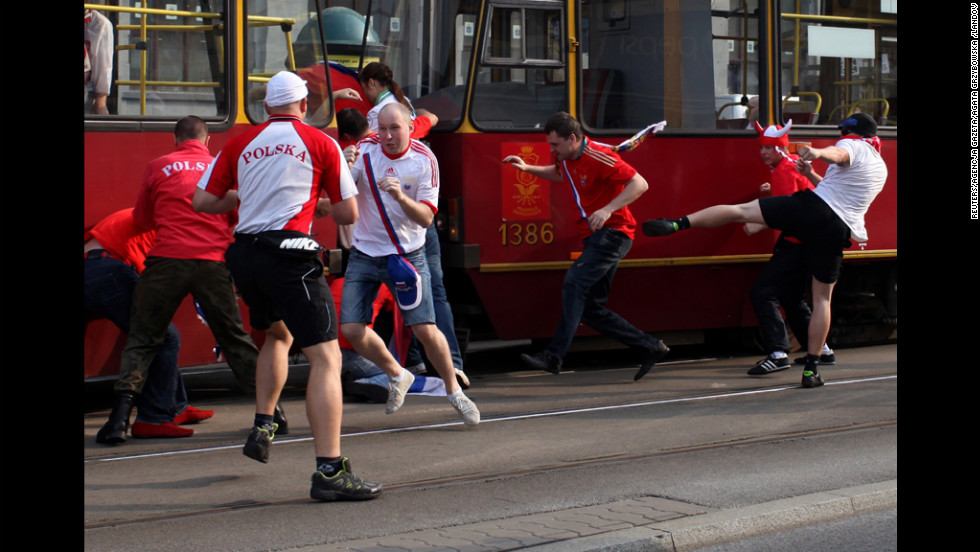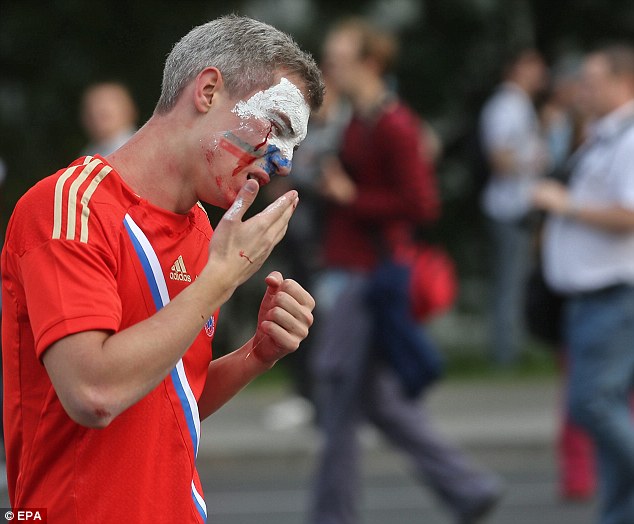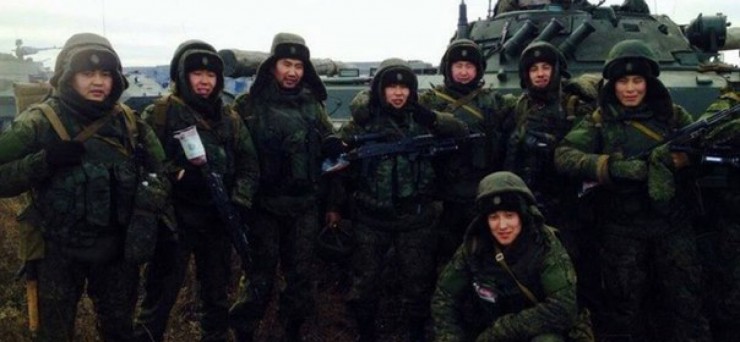Litwin
Platinum Member
Despite the U.S.A having about 9 X more people than Poland.
How come the U.S can't form such a huge Nationalist event?
It seems the Polish are inherently far more Nationalist than the Americans are.
I am proud of Polish people.
How about you?
me Too, Poles know how to treat the Mongols of Juchi (who actually tried to pull off Crimea N1 in Warsaw, under Putler´s FSB command ) but Poles know what to do)))
Good sleep a mongol ,LOL))

remember killing in Praga , boom boom Muscovites

Nice job , my polish brothers






